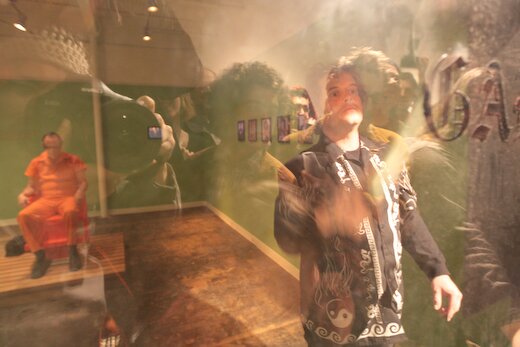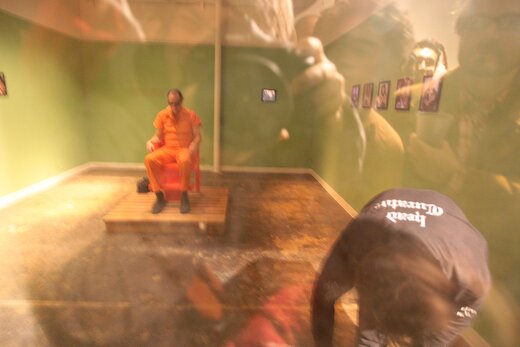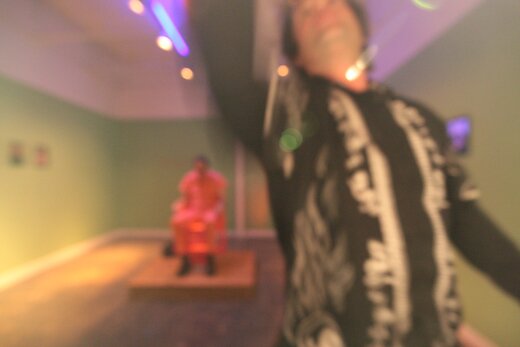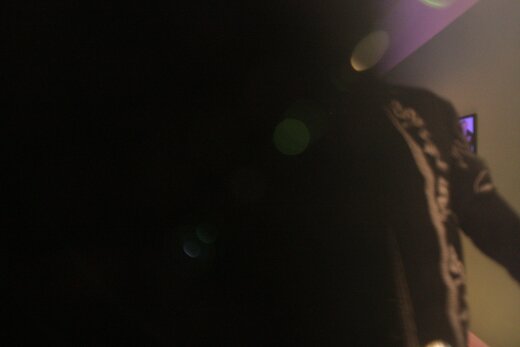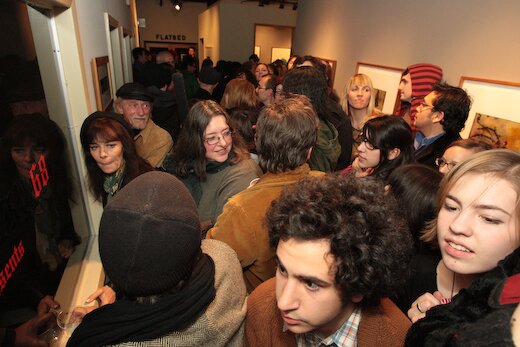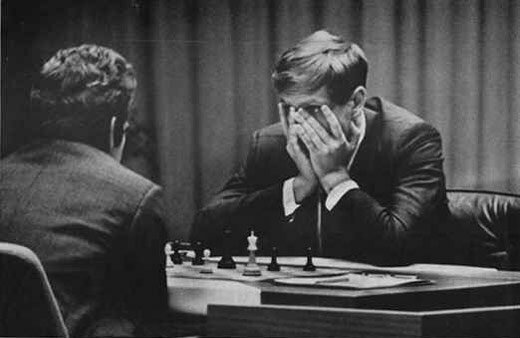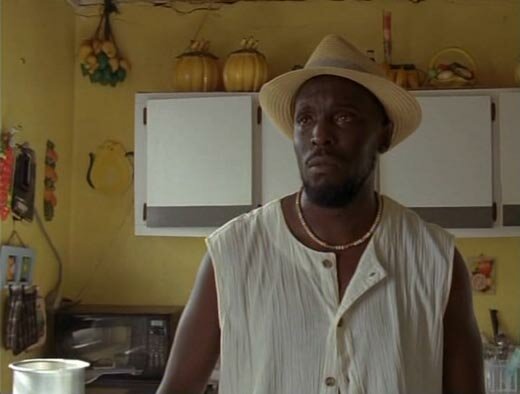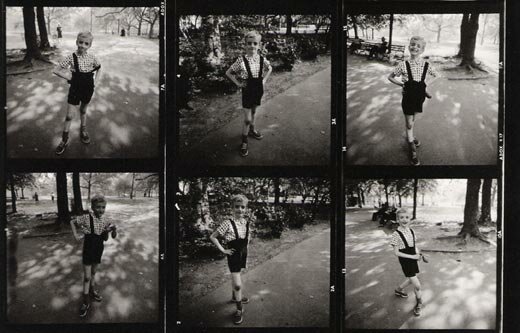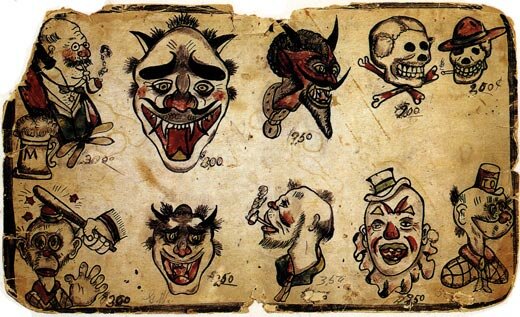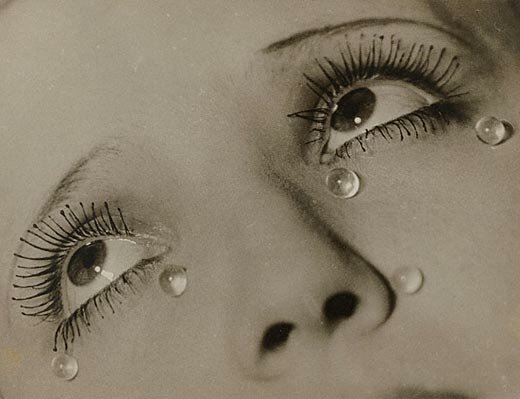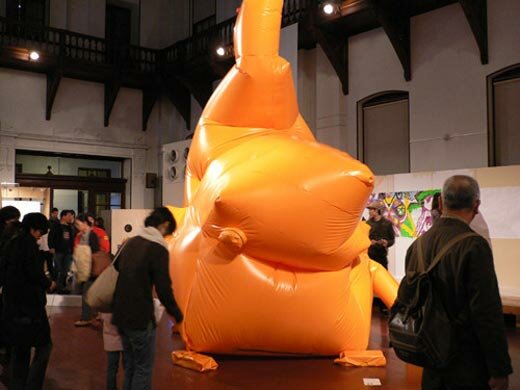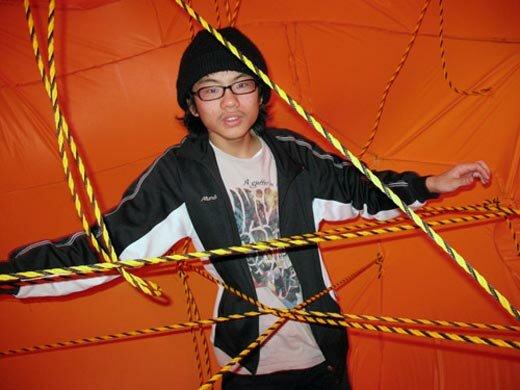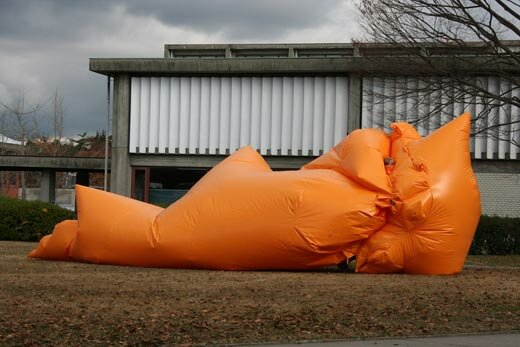Argentine artist Jorge Macchi has been all over South Texas lately — he was a resident at Artpace in 2005, he currently has a piece in the Triangle Project Space’s Standing on one foot, and the Blanton is showing Anatomy of Melancholy, his first “comprehensive U.S. exhibition,” through March 16.
As I wandered through the Blanton exhibit, I was reminded of the scene in The Breakfast Club when Allison (the “psycho” girl) puts on makeup and everyone realizes she’s a fox. Jorge Macchi has put in a lot of effort giving Fluxus a shave and a haircut, and what do you know, it fits very nicely into a standard gallery format. Macchi’s Caja de música, for instance, draws on the chance operations that ’60s experimentalists picked up from John Cage. Taking video of cars on a 5-lane highway, Macchi assigns a musical note to each lane, and as a car enters the frame the note corresponding to the lane it is in plays, creating a kind of randomized music box (you can watch this video on his site).

He’s also very fond of finding the edges of things, the demarcations, and focusing on those rather than the intended content of an appropriated work. For instance, at his Artpace residency, he took the final moments of several old movies and created video loops of the “The End” sequences. In an analogous move at the Blanton show, he cuts everything out of a map except the graveyards. These pieces draw our attention to the liminal moments, the insecurity of transition. Despite the summoning of these precarious situations, though, Macchi’s work feels very comfortable. He’s taken the ideas pioneered by Dada and Fluxus artists, art based on the awkward and the random, smoothed out the edges and made it feel very safe within the white walls of the museum.
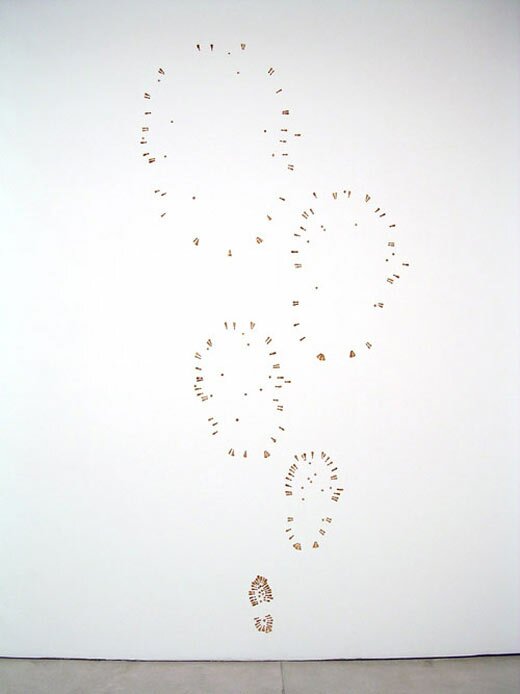
There are some very elegant pieces in the Blanton show, including Caja de música, and Fuegos de artificio, a piece in which footprints made of soil expand outward on the wall, progressively losing their form like ripples on a pond. This is a concise and beautiful statement about the impact we have on the world as we move through it, bringing with us the dirt of another place, which gradually loses the significance of having come from our shoes.
But I’m left wondering whether the ideas Macchi draws from are best expressed with the sort of finesse and refinement he brings to them. Maybe the chance operations of Arp, Cage, Maciunas and all the others are better left in a raw form. Maybe Allison was hot without the makeup.
2 Comments »








